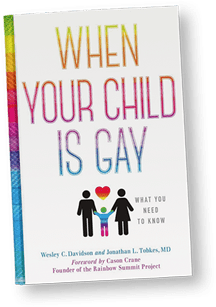Answers to Questions You Were Too Afraid To Ask!
The purpose of this campaign in the United States and other countries is to increase the understanding of the T in the LGBTQ+ population. During this month, communities advocate for transgender rights such as legal protection from discrimination on the basis of gender identity or expression in housing, employment, public accommodations and health care. On November 20, Transgender Day of Remembrance recalls the transgender population who has been lost to violence. Blacks and Latin-X individuals are disproportionally killed within this community. There is a high risk of suicide ideation among trans youth (13 to 17).
What Exactly is a Transgender?
A transgender is one whose gender identity does not match the sex they were born with. They may identify as female, male, non-binary or gender non-conforming. They have gender dysphoria. They may be cross-dressers, but do not have to be nor is it required for them to have operations changing them from male-to-female (MTF) or female to male (FTM). Genital surgery or mastectomies are irreversible procedures.
Puberty blockers, anti-androgens that block the effects of testosterone, and hormone treatments are far more common than surgery and have been available in the United States for more than a decade and are standard treatments backed by major doctors’ organizations including the American Medical Association.
What Is Gender-Affirming Care?
Gender-Affirming Care refers to social affirmation, puberty blockers, hormone therapy and surgical procedures according to the U.S. Health and Human Services. Social affirmation refers to the adoption of a name, hairstyles, clothing, pronouns and restroom use that aligns with gender identity, not biological sex from birth.
Some states are banning gender-affirming care for youth under twenty-one while other states for those under twenty-six. Parents can go to jail if they violate the ban in their state. There are at least seventeen states in the news that ban gender-affirming care: Alabama, Florida, Iowa, Idaho, Indiana, Kansas, Louisiana, Mississippi, New Hampshire, Ohio, Oklahoma, South Carolina, Texas, Tennessee, Utah, West Virginia, Wyoming.
It is estimated that there are 300,100 youth ages 13 to 17 in the U.S. who identify as transgender and more than 90% of transgender youth live in states that have proposed or passed laws restricting rights in health care, sports, school bathrooms or use of gender-affirming pronouns. Trans legislation Tracker 2024 reports that there were 662 bills introduced in 2024, more than any other year on record. Forty-five of those bills have already passed.
These bans, according to the Williams Institute, a research center at UCLA’s law school, are estimated to affect 38,000 beneficiaries of public insurance programs. It keeps parents moving to states that are more transgender-care friendly.
In the 2022 U.S. Transgender Survey Early Insights of 50 States Report of more than 92.000 people, 94% of respondents who lived at some of the time in a different gender than the one assigned at birth said they were a lot more satisfied (79%) with their chosen lives.
For more information on support groups, see Gender Spectrum, Stand with Trans, and TransFamilies.

When Your Child Is Gay: What You Need To Know
For more detailed advice, see book, co-authored with a mother of a gay son and a psychiatrist, Jonathan L. Tobkes, M.D.